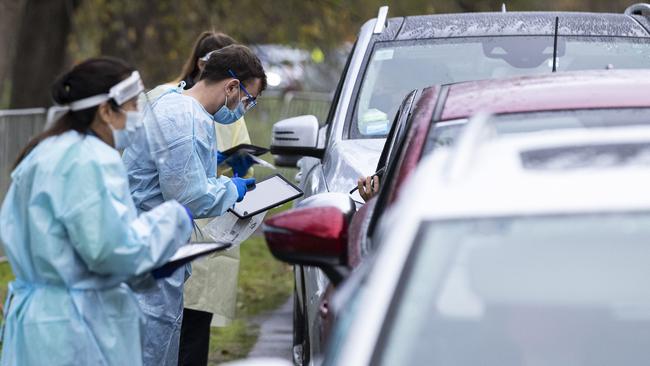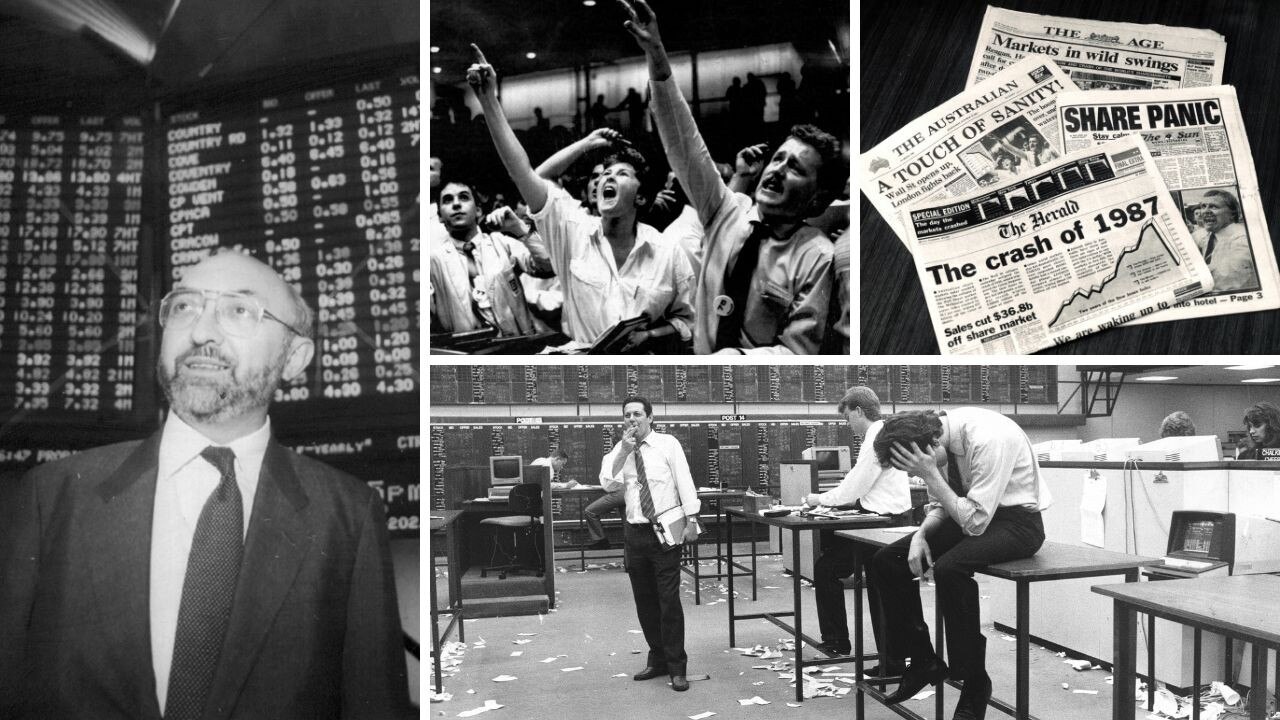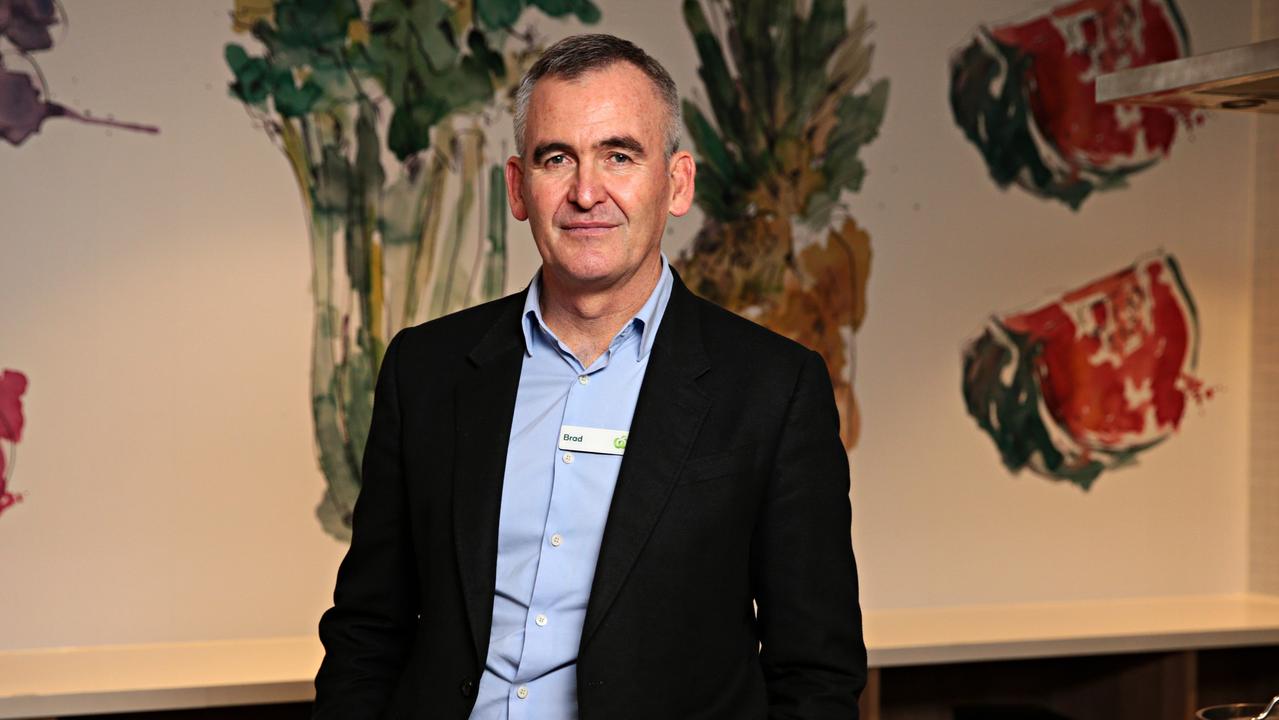In Victoria, it’s the lockdown that Australia had to have
Right now, in an essentially unvaccinated Australia, the Victorian lockdown works for the whole country.

Terry McCrann
Don't miss out on the headlines from Terry McCrann. Followed categories will be added to My News.
The Victorian lockdown is what it is. It is what it was irresistibly going to be once the number of infections rose sharply and even more critically the number of exposure sites and “at risk” contacts started to expand exponentially.
It is a continuation of how I described the initial response – targeted, measured and appropriate, if obviously pretty brutal to thousands of businesses and tens of thousands of workers.
This time there is no JobKeeper to support them – in itself a very big reason to support it.
I doubt that anyone would prefer a replay of last year: a three-month Victoria-only lockdown even with JobKeeper.
And without it?
The first doesn’t bear thinking; the second would be utterly devastating and not just for Victorians but also for the 19 million other Australians.
Last year’s Victoria-only lockdown was sufficient to lop 2 per cent off national economic growth.

And that was even with JobKeeper keeping Victorian businesses alive and providing incomes to nearly a million Victorian workers, propping up their spending into the national pool. So a repeat without JobKeeper would be horrendous.
Or would Treasurer Josh Frydenberg reintroduce JobKeeper – and only for Victorians – sending the budget even deeper into deficit at permanent cost to all Australians? Clearly, it wasn’t a simple either-or. Either this snap seven-day lockdown or a replay of last year’s three months.
It’s possible that Victoria’s contact tracers and the initial restrictions could have kept the economy open while getting on top of the virus outbreak.
But that would have been a very poor risk-reward trade-off; and there is no way in the world a responsible government – or indeed, even an irresponsible one – could have taken it.
There is no way in the world this state government or indeed any state government – not excluding Gladys Berejiklian’s NSW one – would have taken it.
The one big thing that makes everything different is that we are right now in this limbo state between minimal vaccination levels and the potential for full or sufficiently full vaccination by year end or early 2022.
Bluntly, this is not the time to try the “Swedish approach”. Not the time for an individual state and not the time for a state in the national context. Two time periods now become critical – again, to stress, not just for Victorians most obviously in the firing line but for the entire country.
How many infections surface in the next few days – and also, whether the virus has flown out of Victoria in the same way it flew into Victoria in the first place.
This will tell us if the lockdown gets extended; whether it has to be extended. And interstate.
The second time period starts in about a week and has an indeterminate – at this stage – time frame.
What sort of infection numbers do we see then; and again, to stress, primarily but also not only in Victoria?
If we get to the end of the first week and it can be argued we didn’t really need the lockdown (and then, certainly don’t need to extend it), apart from the fact that would be fantastic news, it would in my judgment actually prove it was appropriate and needed.
As I’ve explained, the plus side of Victoria’s failure last year was the way Victoria – one quarter of the national economy – acted as a supercharger for the whole Australian economy, when it came out of lockdown.
The plus this time should be to spur vaccination across the country.
Once we catch up with the UK and the US, and are about 50 per cent vaccinated, we can have the argument about lockdowns, even “circuit-breaker ones”.
But right now, in an essentially unvaccinated Australia, this lockdown works for the whole country.
Let’s hope it does work.
Originally published as In Victoria, it’s the lockdown that Australia had to have





